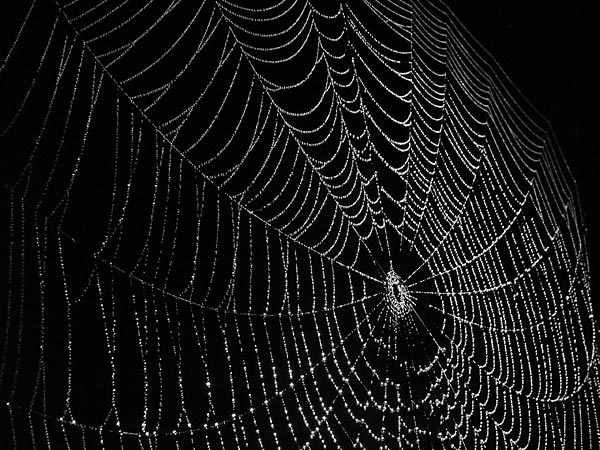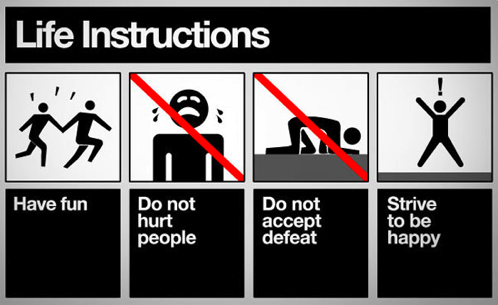The subject in question: outlining.
To me an outline sounds like a nice, safe idea. It's a part of writing that I rely on when I'm doing analytical pieces for my work as a historian.
But when it comes to fiction I cannot outline for the life of me.
 After a bit of hand-wringing over this obstacle, I decided it doesn't matter. Why?
After a bit of hand-wringing over this obstacle, I decided it doesn't matter. Why?Because writing works differently for each author, and I believe in being true to (and comfortable with) one's own unique process.
I'm a stream of consciousness writer. When I write it's very much like being in a trance, I move deep into a mental space from which I find it difficult to climb back out into the world. But that space is where I do my best writing, in it I'm surprised by turns the plots takes, startled by the dialogue that pours readily from my characters' mouths.
Outlining works directly against the mental frame I need to create. It insists on logical, dissociative relation to the story. I look at outlines and think maybe I "should" try them, but I know it wouldn't benefit the story.
However, I do believe that in creating a novel the writer does need to have a sense of direction, a plot and character compass. Outlines offer an obvious way to achieve such an end.
So what if they don't work for you?
Try something else.
In my case, I map the plot with systems that are best explained through two metaphors that derive from the same idea:
Newton's Third Law of Motion: Every action has an equal and opposite reaction.

My books are born out of a single problem or question belonging to the protagonist, so my "outline" functions more as a web, scenes or chapters are the thread that link this character and his/her problem to other characters, places, choices. The web expands outward, creating ever more complex links that create the story arc. It's much more about who is connected to who, how and why than a single line of the novel's chronology.

The climax and conclusion draw all those threads back to the center, focusing again on the protagonist and bringing her/him to the next level of self-awareness, resolving the problem, or setting up a new one (go series!)
The other form my "outlines" take is the patterns created by a stone dropped in a still pond. Again, the stone is the central problem faced by the protagonist, and the ripples that move outward are the scenes/chapters that move the novel's action. The conclusion manifests in the ways the ripples finally reach the shore, returning the surface to its original stillness , problems resolved or taken into a different place.

These thoughts lead me back to the central motivation for this blog post: whatever your writing process it should mirror who you are as a writer and how you write best.
Even though many pieces of advice, books, and mantras exist about "how to write," you're the only person who knows the way you need to write. Try to contort one's creative self into impossible writing exercises because we think we "should" do it a certain way will only make you pull mental muscles and leave you wondering what went wrong.

Wow, this is made of awesome! And you're so right! We really don't have to do everything according to a so-called set of directions. Thank you!
ReplyDeleteThanks, Elana. Your blog posts always inspire me, I'm saving up for the day I have an interview with my characters. I think that rates as my favorite blog entry ever - such a fantastic writing exercise and I love your MC from Control Issues.
ReplyDelete